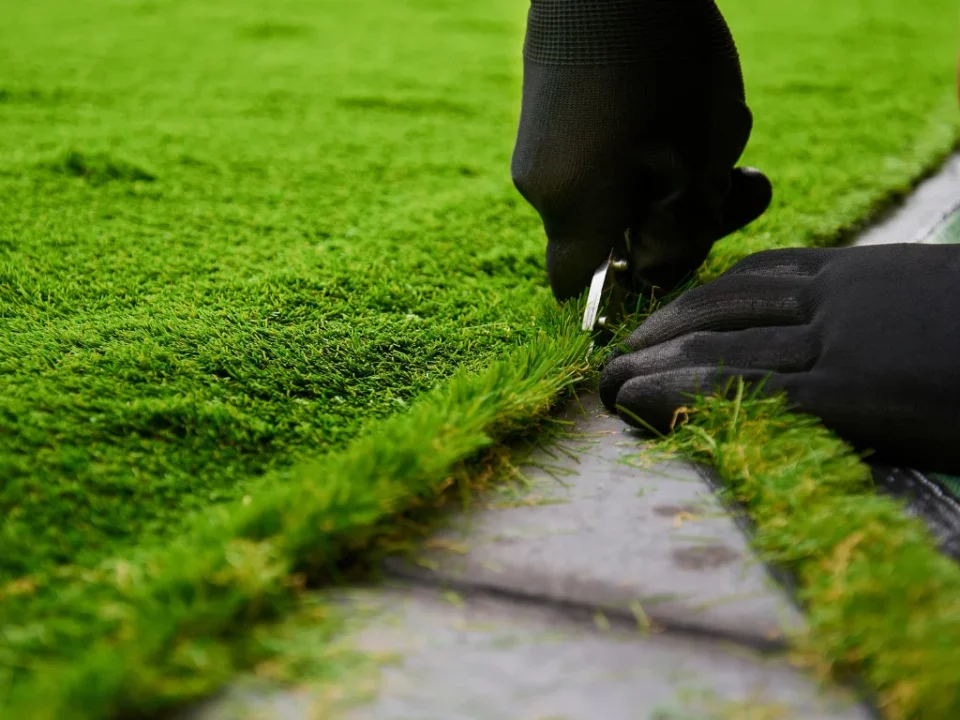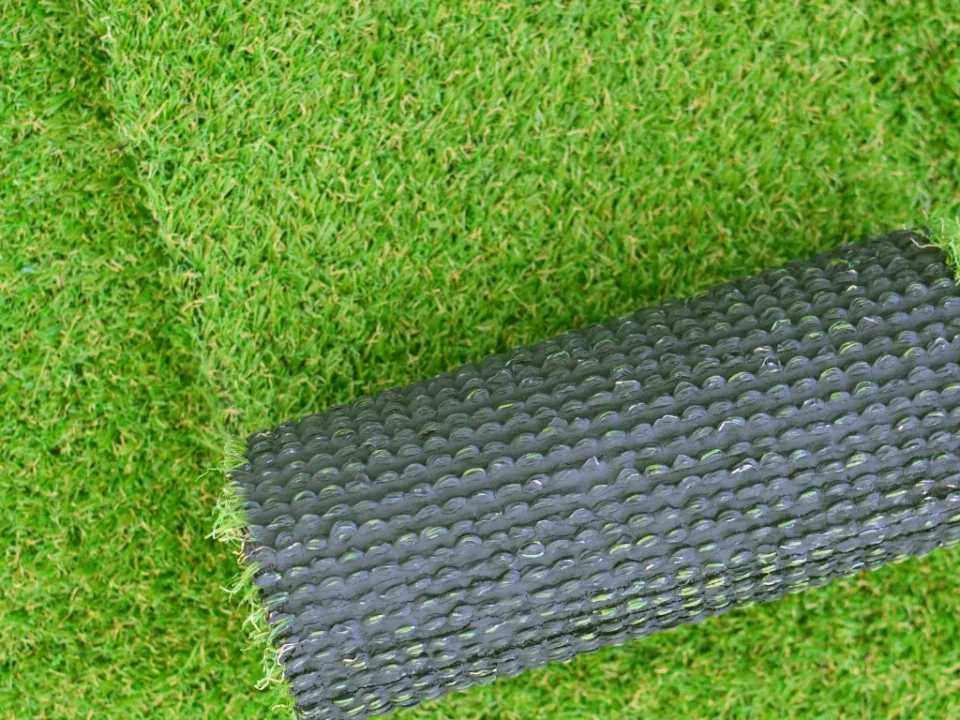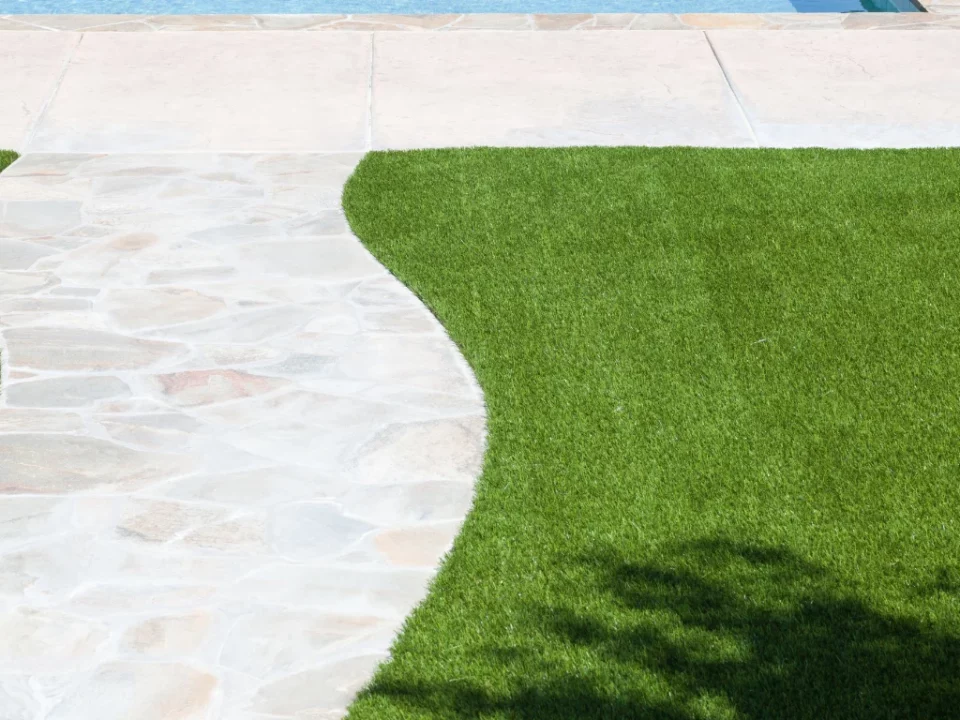Artificial grass has quickly become a popular landscaping solution thanks to its low maintenance and year-round appeal. However, achieving a clean, long-lasting result depends on proper installation. Knowing the top mistakes to avoid during artificial grass installation can save you time, money, and frustration while ensuring your synthetic lawn looks natural and functions well for years to come.
Avoid These Common Errors: Top Mistakes to Avoid During Artificial Grass Installation
One of the most critical mistakes to avoid during artificial grass installation is skipping proper ground preparation. A stable base is essential for durability and drainage. Many homeowners neglect to remove existing grass, weeds, or debris thoroughly, which can lead to uneven surfaces, poor drainage, and weed regrowth. Always clear the area and apply a high-quality weed barrier before laying down the base.
Improper base material and compaction are also common issues. Artificial grass requires a solid sub-base—typically a layer of crushed rock or decomposed granite—to prevent shifting and drainage problems. Failing to compact this base properly can lead to lumps, dips, or sinking areas over time. Use a plate compactor to create a firm, even foundation before moving forward with the turf.
Another frequently overlooked step is allowing the artificial grass to acclimate. Synthetic turf should be unrolled and left to sit in the sun for a few hours to a full day before installation. This allows the fibers to relax and makes the material easier to work with, minimizing wrinkles and folds that can mar the final appearance.
Seam Problems and Finishing Errors: More Top Mistakes to Avoid During Artificial Grass Installation
One of the most visible top mistakes to avoid during artificial grass installation involves poor seam alignment. If seams between turf pieces are not properly aligned or secured, they become glaringly obvious and disrupt the natural look. Always use high-quality seam tape and adhesive, and take the time to carefully match the turf direction and pile height for a seamless appearance.
Failing to secure the turf edges properly is another common mistake. Without solid perimeter anchoring, artificial grass edges can curl or lift over time, creating tripping hazards and a messy look. Install edging materials and use landscape nails or staples generously around the perimeter to hold everything in place.
Inadequate infill application is also problematic. Infill materials such as silica sand help stabilize the grass, support the fibers, and aid drainage. Skipping this step or applying it unevenly can result in flat, matted turf that looks unnatural and wears out more quickly. Make sure to distribute the infill evenly and brush it into the fibers using a stiff broom or power brush.
Lastly, neglecting post-installation maintenance is a mistake many make. While synthetic turf is low maintenance, it still requires occasional brushing, rinsing, and debris removal to maintain its appearance and function. By avoiding these top mistakes during artificial grass installation, homeowners can enjoy a lush, attractive lawn that performs well and stands the test of time.
Read More:
The Cost of Artificial Grass Installation: What You Need to Know Before You Start






